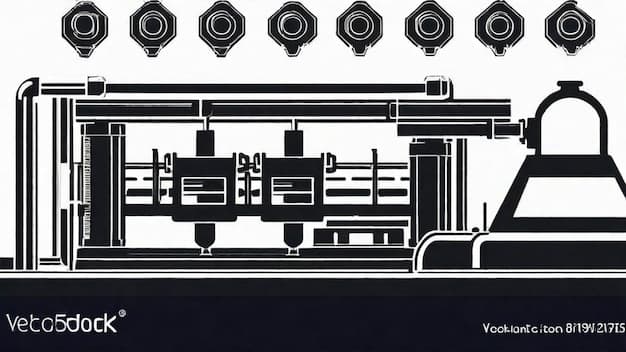In an era where security concerns loom larger than ever, the future of access control systems brims with promise. With advancements in technology—combining artificial intelligence, biometric data recognition, and seamless integration with smart home systems—the evolution of door access control systems is nothing short of exhilarating. Among various nodes of this intricate security network lies the oft-overlooked wiring diagram. For professionals and enthusiasts alike, mastering the wiring diagram is crucial; it is the foundational blueprint that underpins the efficacy of a door access control system. In this article, we delve into the world of door access control system wiring diagrams, examining their significance, components, and the pertinent details contained within the available PDF resources.
The genesis of any robust security framework begins with the understanding of its wiring diagram. A wiring diagram serves as a visual representation of the electrical circuitry involved in the access control system. It elucidates connections between various components—such as the control panel, access readers, door hardware, and power sources—facilitating the installation process. The schematic helps both seasoned installers and neophytes grasp the interplay of the electrical pathways powering the system.
Access control systems can generally be categorized into two main types: standalone systems and networked systems. Standalone systems operate independently, often found in smaller applications or less critical entry points. Conversely, networked systems offer a plethora of functionalities, allowing for centralized management and greater integration with other security measures. Regardless of the type, understanding the wiring diagram is instrumental in executing an installation that is not only functional but also resilient against potential security breaches.
At the core of the access control system are various component types. The hub of activity is the control panel, which serves as the primary intelligence unit. This component manages user access rights, tracks entry and exit timestamps, and interacts with other peripherals. Within the wiring diagram, the control panel is illustrated alongside its corresponding input and output connections. Typically, multiple readers—such as card readers, keypads, or biometric scanners—link directly to the control panel, showcasing the touchpoints where users authenticate their identities.
Power supply units hold considerable importance as well. A diagram delineates the power distribution to various components, ensuring that each device receives the energy necessary for optimal functioning. For instance, electronic locks, powered door strikes, or magnetic locks also prominently feature in the wiring schematics. These devices operate using powered mechanisms to secure or release a door, and understanding their connections is pivotal for a successful implementation.
Furthermore, integration with auxiliary components is increasingly common. With the advent of advanced technology, additional features such as alarm systems, surveillance cameras, and intercoms can be synchronized. By analyzing the wiring diagram, one can discern how these ancillary devices fit into the larger security ecosystem—creating layers of protection that work in unison.
Consider the aesthetics of wiring too. An organized wiring layout not only enhances functionality but also promotes safety. Proper cable management reduces the risks of entanglements and mechanical failures. It paves the way for ease of maintenance as well, ensuring that upgrades or repairs can be undertaken with minimal disruptions.
Access control systems today have begun adopting IP-based technology. This paradigm shift toward digital solutions means that many systems can be managed remotely, using sophisticated software that relies on the clarity provided by wiring diagrams. By utilizing wireless technology alongside wired setups, installers can enjoy the flexibility of placement without compromising on the integrity of the system.
As technology progresses, it introduces new elements that can be added to an access control system. For instance, mobile access control enables users to unlock doors using smartphones, a feature that necessitates a comprehensive understanding of app-based communication protocols within the wiring diagram. Furthermore, cloud-based solutions allow for data storage and access right from the device itself, making the importance of a robust wiring diagram even more pronounced.
For those embarking on the journey of implementing or upgrading an access control system, the availability of a Wiring Diagram PDF becomes invaluable. This document provides a high-resolution, clear layout of connections and specifications, serving as a reference point throughout the installation process. With the digital medium prevalent today, PDFs can be easily shared among technicians, enhancing collaboration and ensuring that everyone is on the same page.
To encapsulate, the wiring diagram for a door access control system is not merely a technical artifact—it is a critical navigation tool within the expansive realm of security technology. It ensures that all components operate harmoniously while making provisions for integration, future upgrades, and maintenance. As we look to the future, one must ponder the role of innovation in reshaping these diagrams. Will increased automation render current wiring schematics obsolete? Or will these documents evolve, mirroring the increasingly sophisticated landscape of security? Only time will tell, but one thing is clear: understanding the essence of these wiring diagrams today equips us with the foresight needed for tomorrow's challenges.





















Responses (0 )